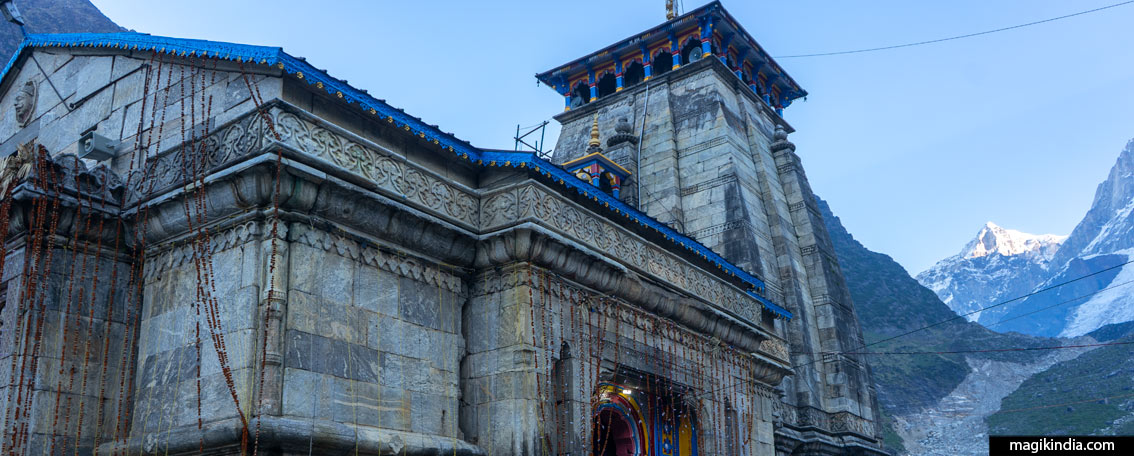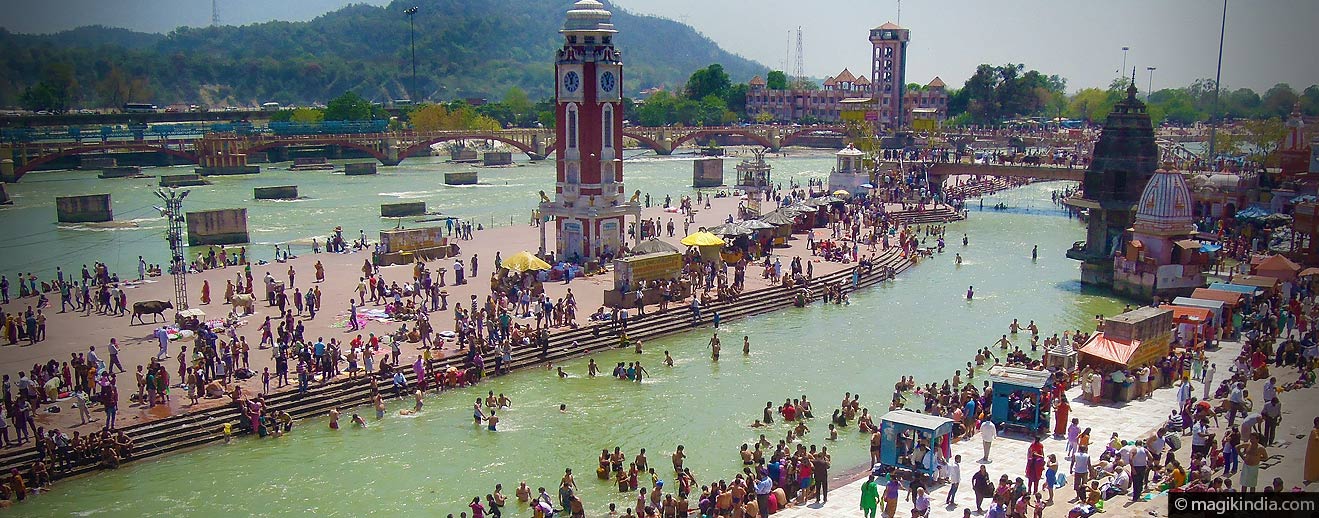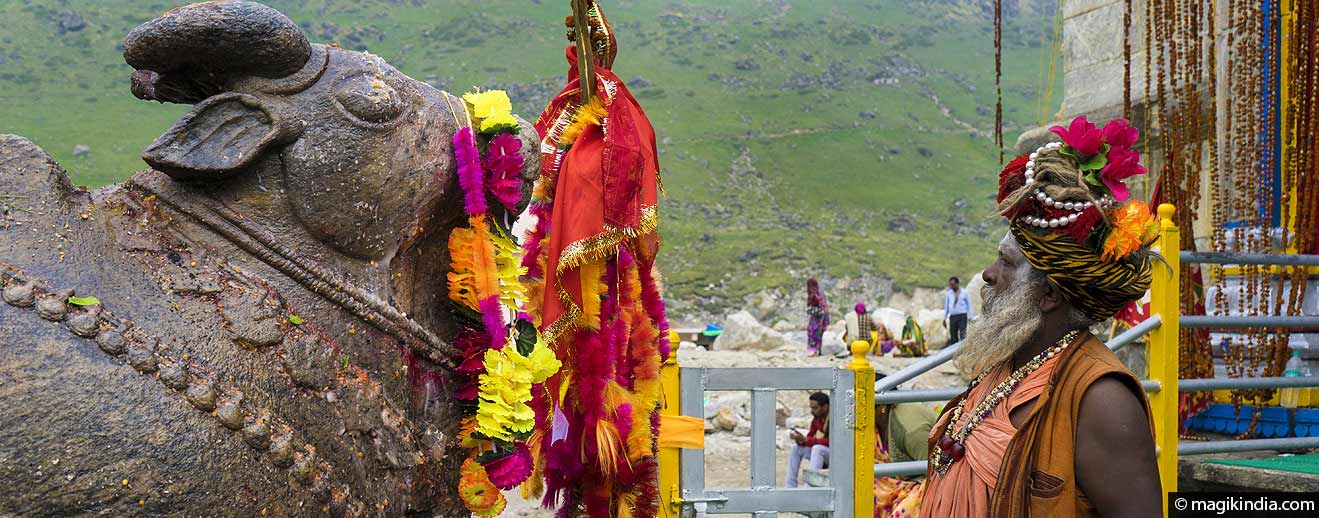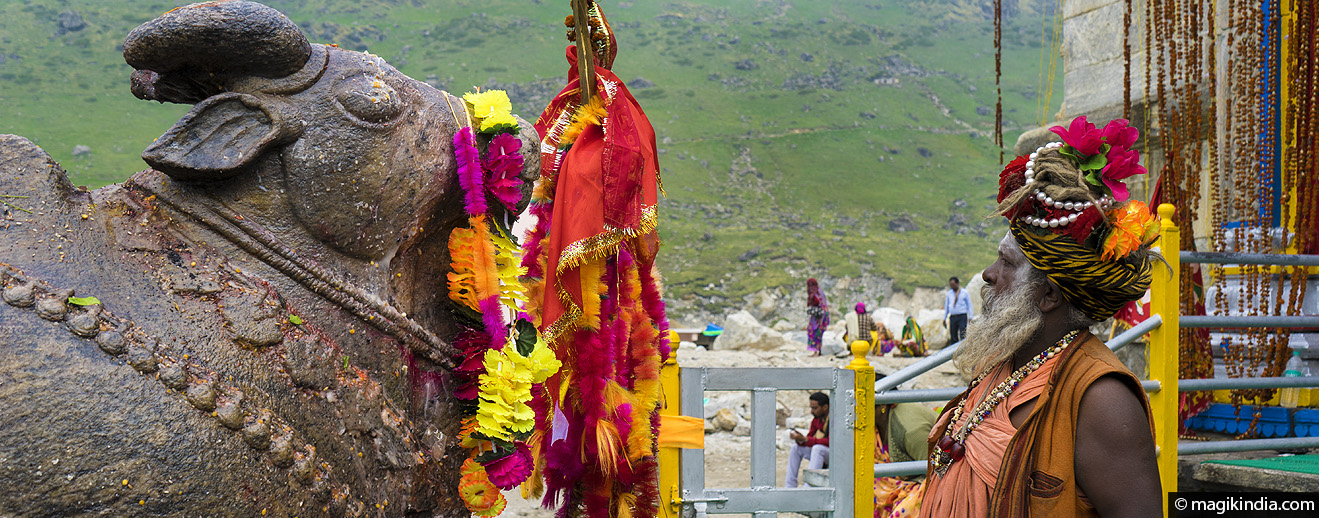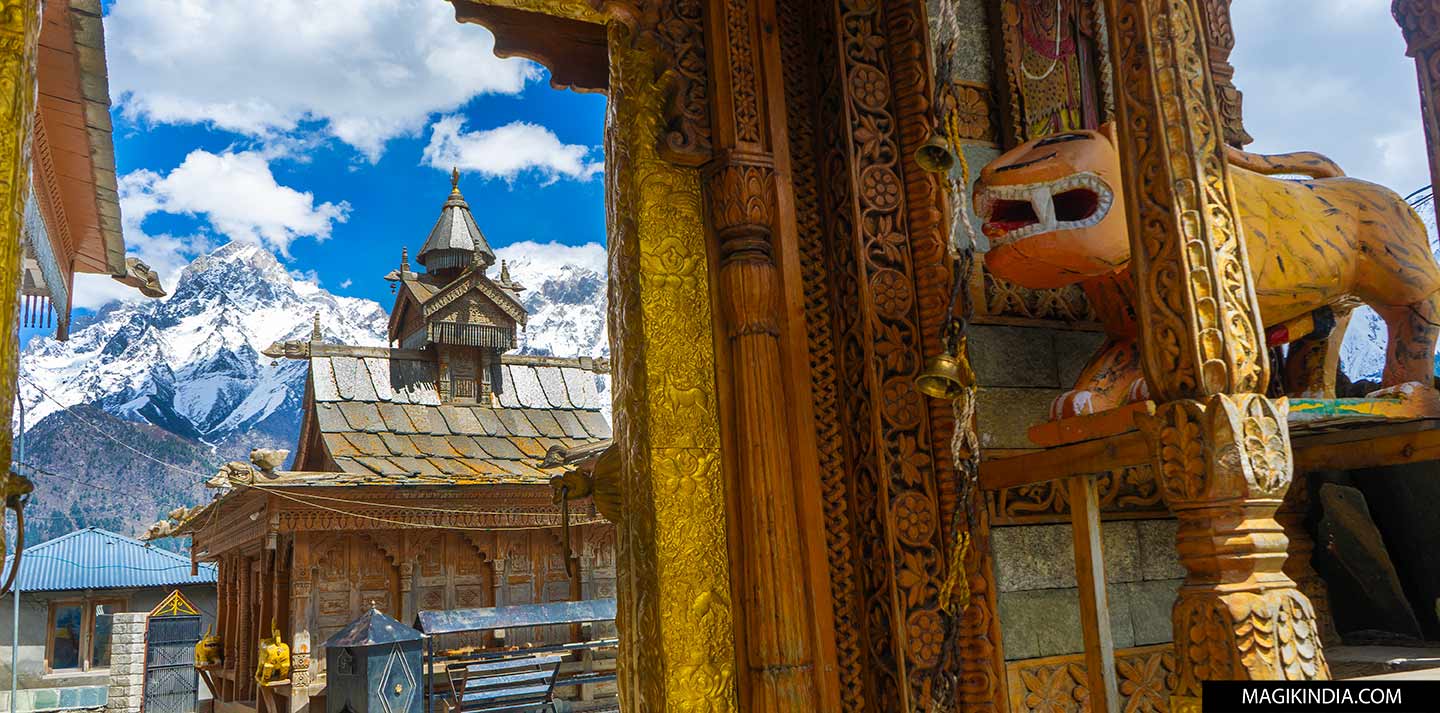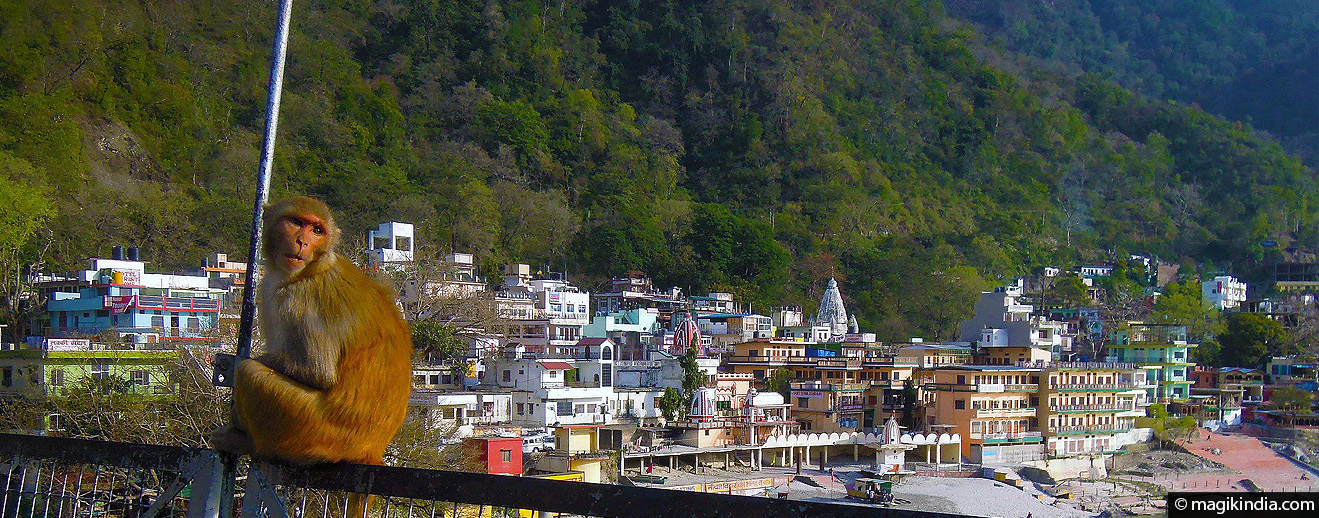
Rishikesh, the sacred city of the Rishis
Rishikesh, the city of the Rishis of Uttarakhand, sometimes called the world capital of yoga, is a tourist town where many Westerners come to take instruction. But it is a very pleasant place, steeped in the mystic atmosphere that so many sages and ascetics (as well as the Beatles!) have come seeking over the centuries.
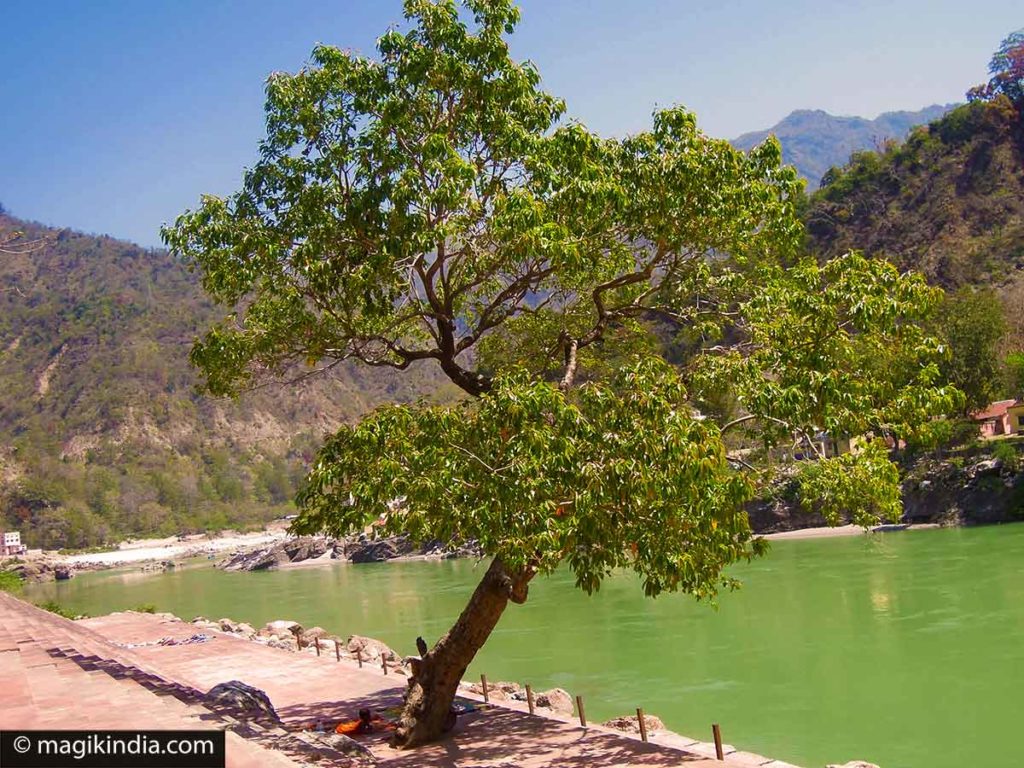
Rishikesh is undeniably a spiritually uplifting place. Through the town flows one of India’s most sacred rivers: The Ganges.
The presence of the Ganges and the verdant surroundings have long since made Rishikesh a favoured place for establishing ashrams and hermitages. Indeed its name comes from a Rishi (sage) who is said to have spent many years meditating here to attain unity with the divine (see the full story below).
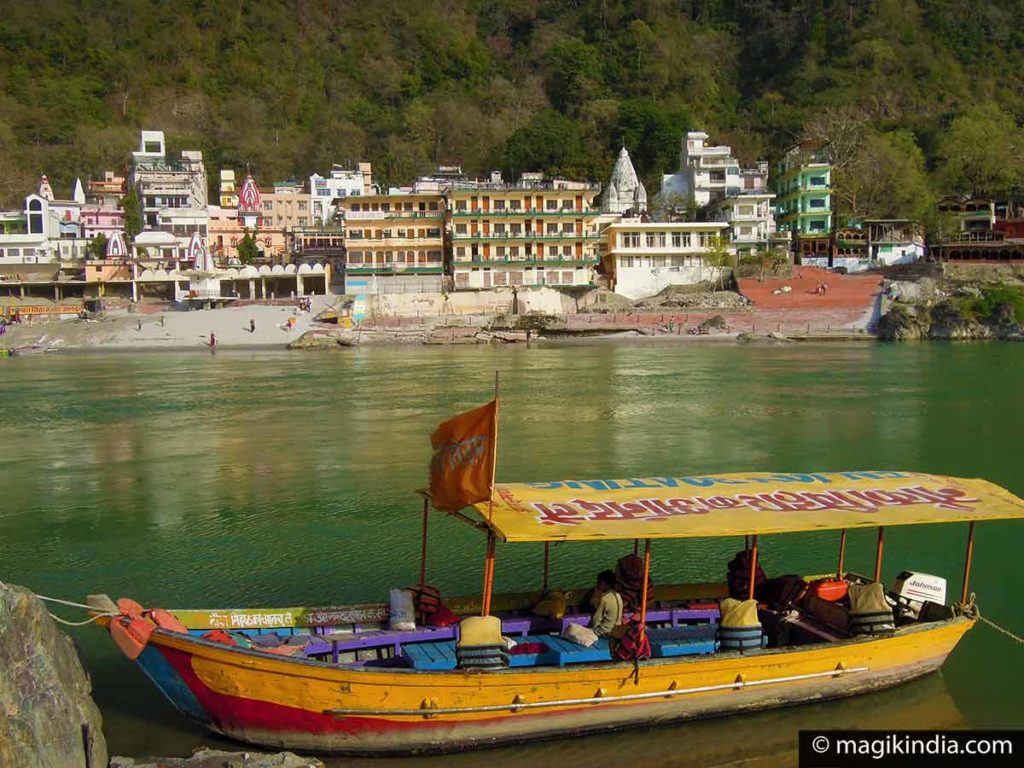
Another legend says that the Hindu god Rama performed penances in Rishikesh before leaving for Sri Lanka to find his consort Sita, who had been kidnapped by the demon king Ravana.
Rishikesh is divided between the lower town (city centre) and the upper town around the river, roughly from Ram Jhula to Lakshman Jhula, where most of the visitor accommodation and activities are – and the visitors too, of course.
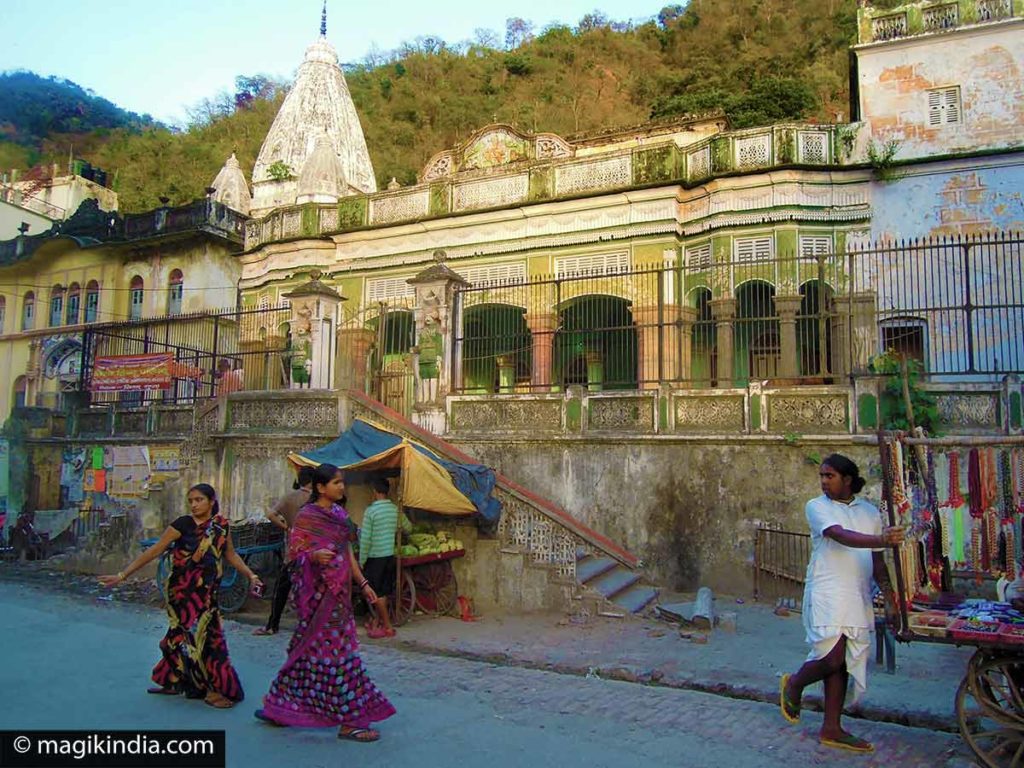
Festivals not to miss
International Yoga Festival
The annual International Yoga Festival is organized by Parmarth Niketan Ashram in Rishikesh, India. The International Yoga Festival is truly grounded in the authentic origin of Yoga.
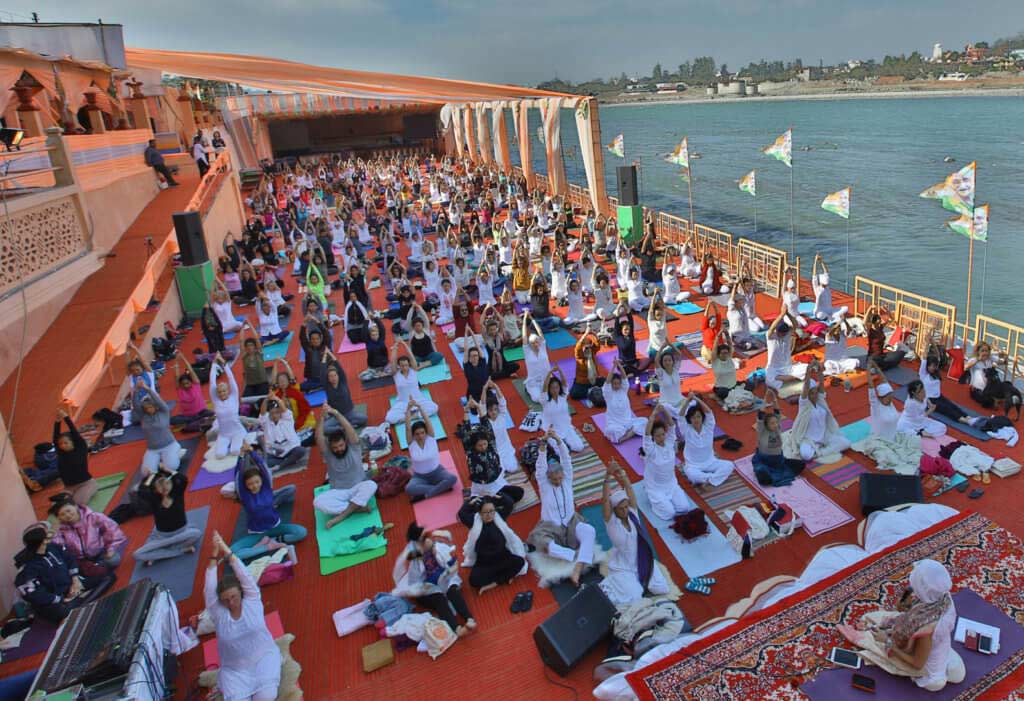
Practise and learn from masters from the Traditional Yoga Lineages from India, as well as masters of International well known yoga schools and styles. During this one-week Festival, you will have the opportunity to participate in over 60 hours of Yoga classes from world-class Yoga teachers practicing multiple styles of Yoga including Kundalini Yoga, Power Vinyasa Yoga, Iyengar Yoga and Kriya Yoga.
www internationalyogafestival com
Basant Panchami
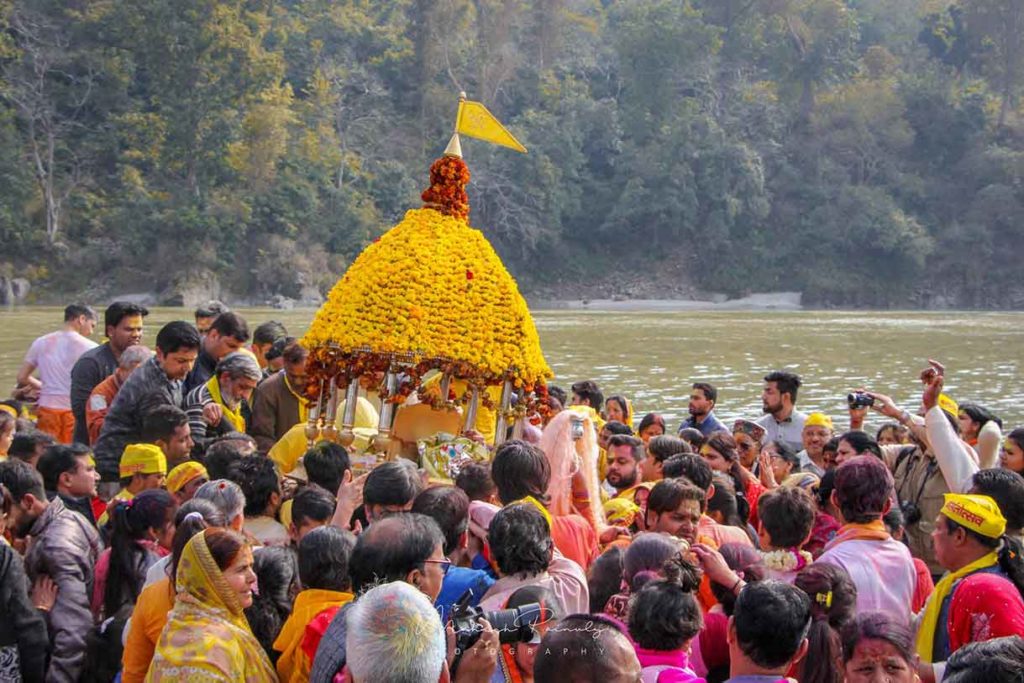
In the 9th century, during Basant Panchami (spring time), the sage Adi Shankaracharya reinstalled the idol of Hrishikesh Bharat in the temple of the same name, which had been hidden in a basin in order to protect it from the Buddhists. Since then, every year on Basant Panchami day, the idol of Hrishikesh Narayan is carried in procession to the Ganges, then after bathing it, it parades around the city. When the idol returns to the temple, a symbolic reinstallation ceremony is performed. This procession attracts a considerable number of Hindu worshipers who at the same time celebrate the end of winter.
And now, let’s visit Rishikesh!
Hrishikesh Narayan Sri Bharat Bhagwan Temple
We start the visit of Rishikesh with the temple that gave its name to the city: Hrishikesh Narayan Sri Bharat Bhagwan. Located in the city centre of Rishikesh, 500 meters from the Triveni ghat, the history of this sacred place, interspersed with Hindu legends, began in distant times.
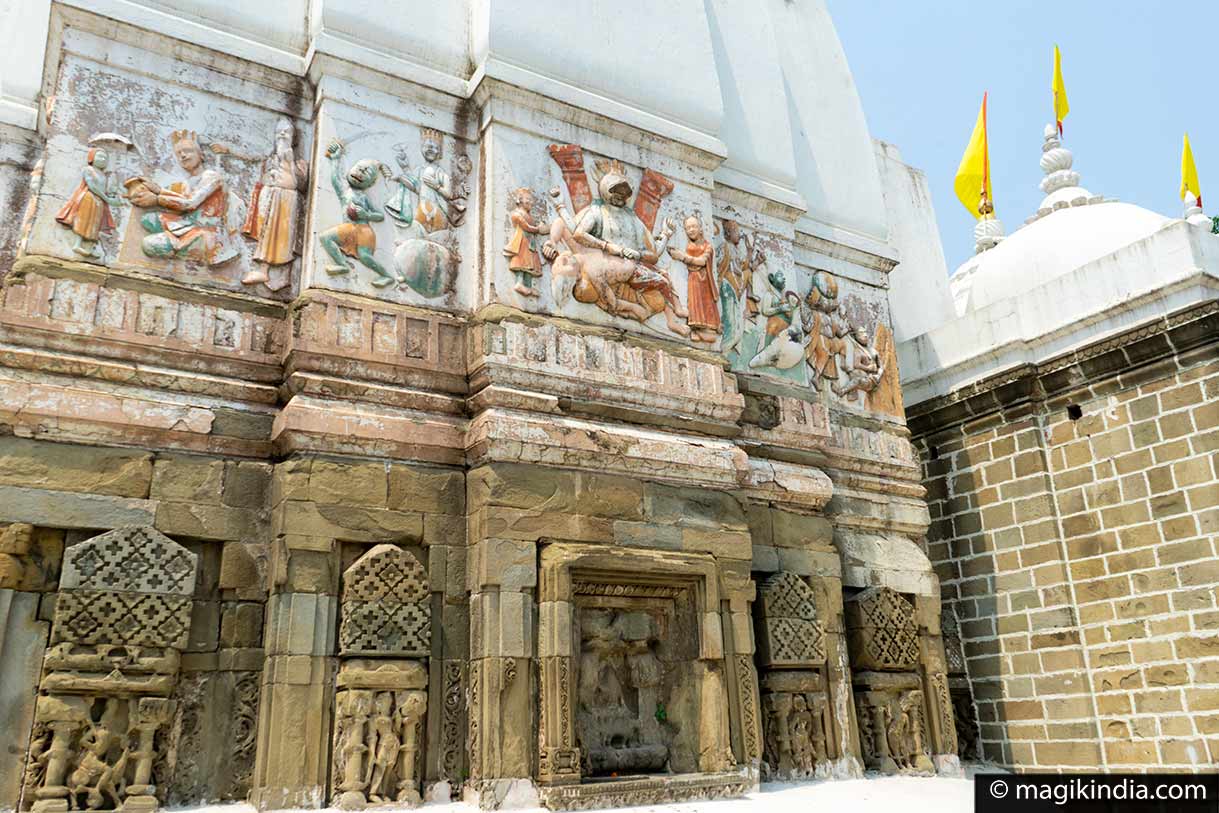
A statue of the Sun God (Surya) in the temple indicates that the earliest foundations of the building date back to at least the 3rd century AD. The temple was then rebuilt in the mid-9th century by Adi Shankaracharya, one of the famous Hindu spiritual masters.
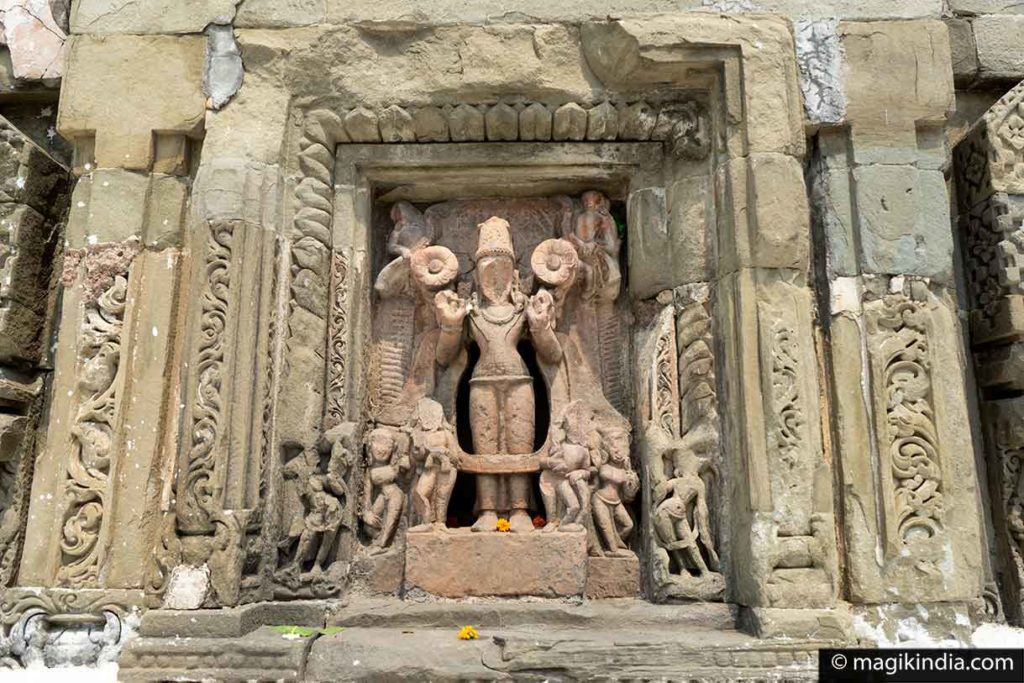
According to the legend, this temple is linked to Rishi Raibhya who performed many penances and austerities to attract the grace of Lord Vishnu. The preserver god satisfied with his prayers appeared before the sage and declared that he would reside here forever as Hrishikesh Narayan and that this place would be known as Hrishikesh.
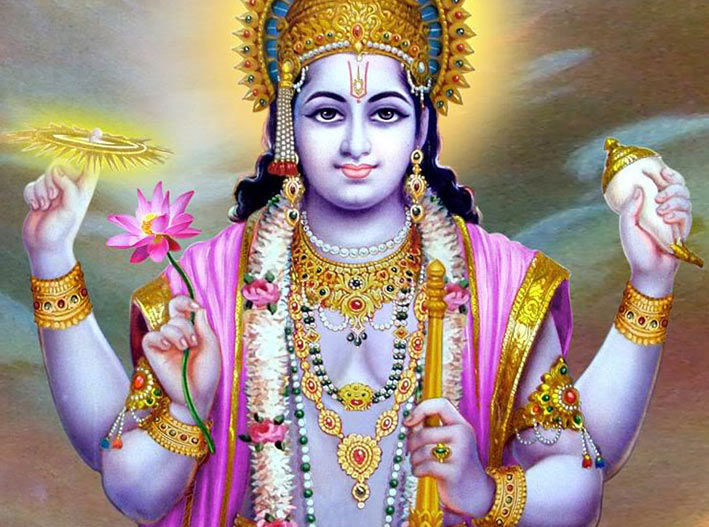
Hrishikesh means in Sanskrit “one who has mastered his senses”. Rishi Raibhya by controlling his senses was able to obtain the blessings of the god Vishnu. The place was therefore called Hrishikesh which will evolve into “Rishikesh”.
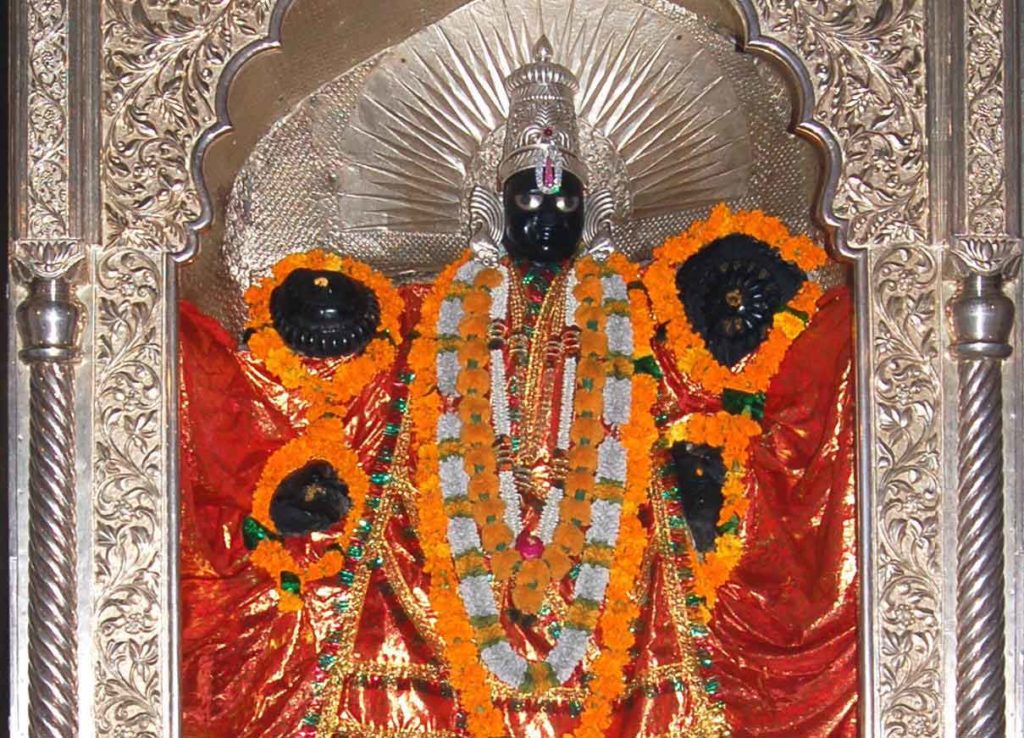
The main deity of the temple is that of Vishnu, whose 1.5 m idol is carved from a single piece of Saligram*. This statue is said to have been carved out of the same Saligram rock as those of Tirupati and Badrinath. According to the temple tradition, only a few “sadhakas” (people following strict spiritual practice) are allowed to enter the sanctum sanctorum after taking a sacred bath. * The Shaligram is a fossilized black stone found in the bed of the Kali Gandaki river in Nepal and considered to be the manifestation of Lord Vishnu.
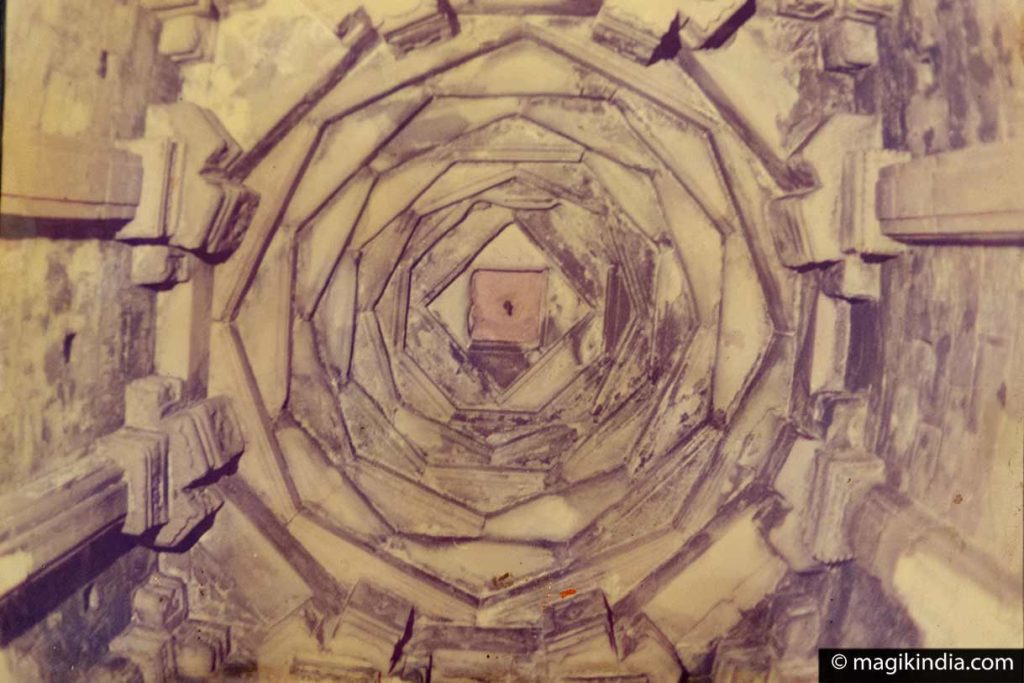
Another specificity of the temple is its enigmatic “Shri Yantra*” placed in the dome above the idol of Lord Hrishikesh Narayana. It was Guru Adi Shankaracharya who built it in order to unify the five Vedic rituals, namely: the Shivaite (Shiva), the Shakta (female force), the Vishnuite (Vishnou), the Ganapatya (Ganesha) and the Saura (Sun). This Shri yantra is said to help the aspirant on his spiritual path. *A yantra is a geometric figure believed to have mystical powers.
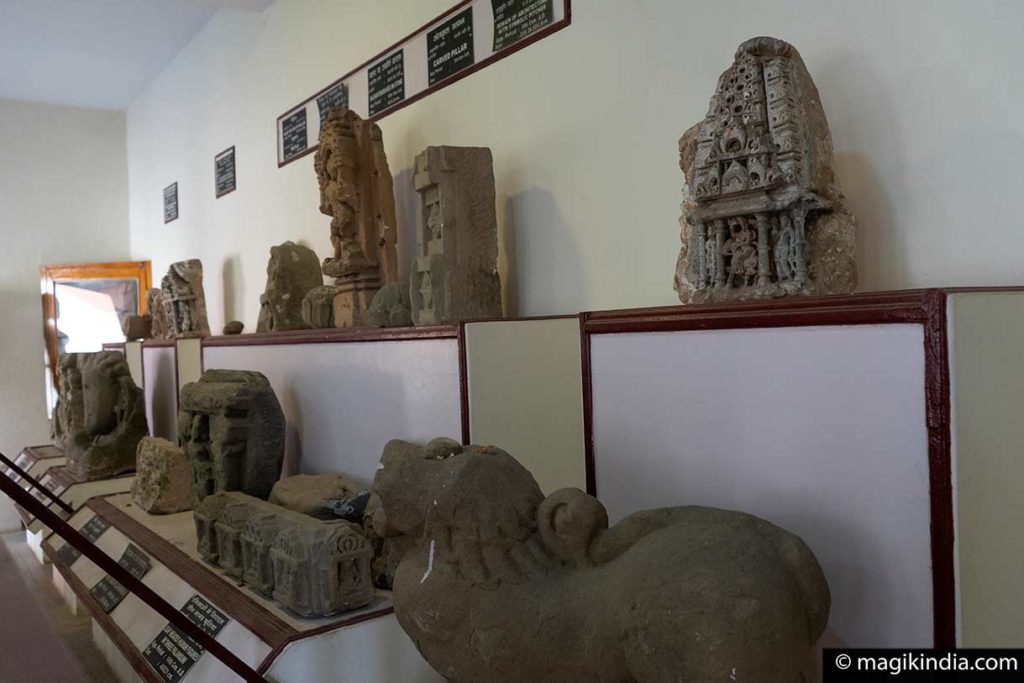
During excavation works around the temple, artifacts covering a period from the 3rd to the 14th century CE have been unearthed. They are now gathered in a small museum inside the temple.
Triveni Ghat
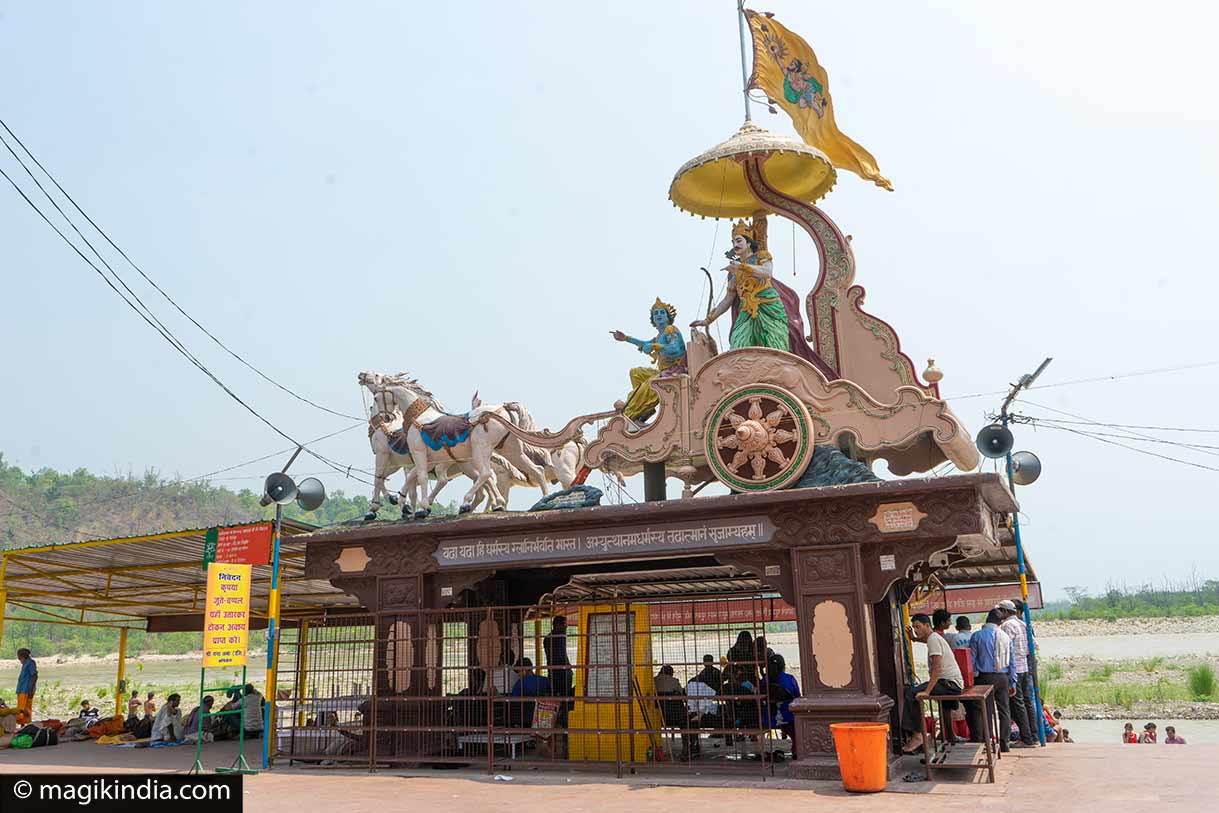
500 meters from the Hrishikesh Narayan Sri Bharat temple, continuing south, we come across the Trivani Ghat located at the confluence of the three most sacred rivers of India: the Ganges, the Yamuna and the Saraswati (mythical underground river). It is the most revered place in Rishikesh for ritual ablutions.
This Ghat holds an important place in Hindu mythology, it is directly mentioned in the Hindu epics of the Ramayana and Mahabharata. It is said that Lord Krishna came to the Triveni Ghat when he was fatally hit by the arrow of a hunter named Jara. His cremation took place here.
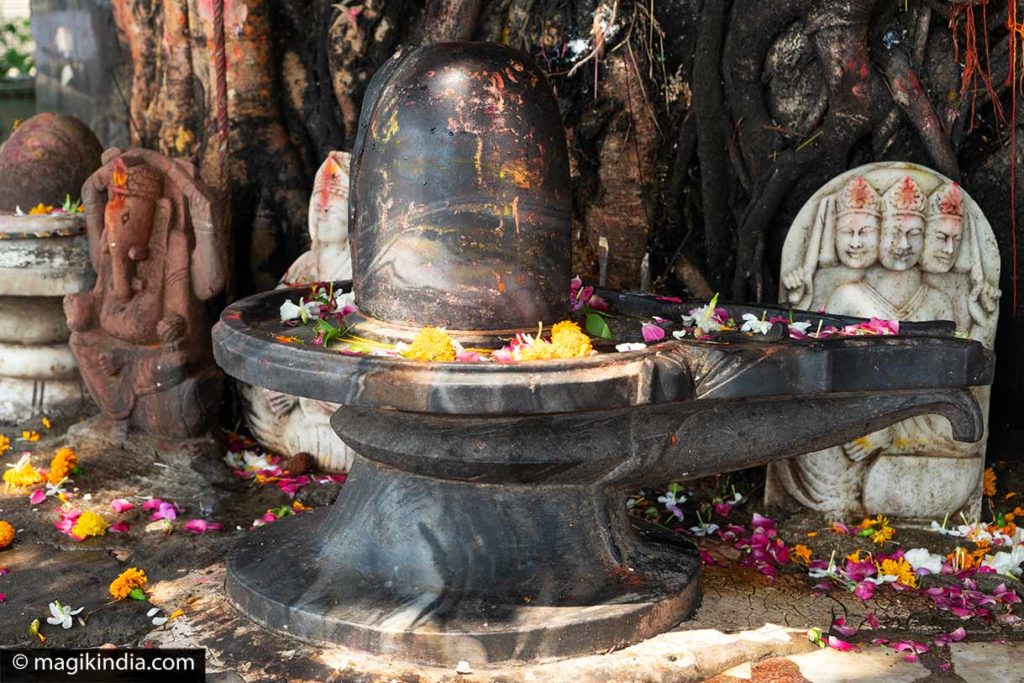
For believers, bathing in the Triveni Ghat is another milestone in reaching the state of “Moksha”, salvation or liberation from the cycle of birth and death. The water of this Ghat is said to have a purifying power. Devotees make many offerings at sunrise; rituals such as the “Pind Shraddh” in honor of the ancestors are also performed at Triveni Ghat.
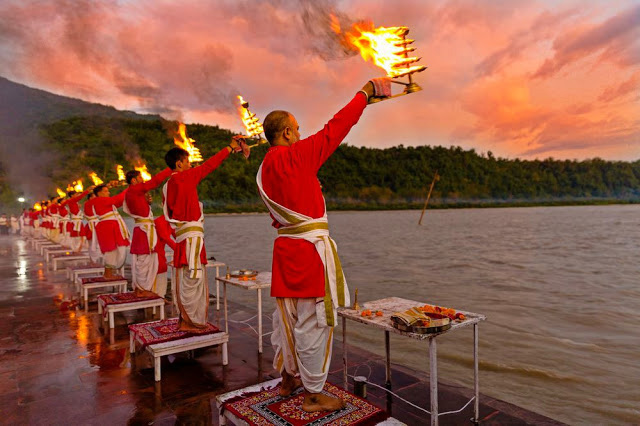
In the evening, after sunset, a flame ceremony (Maha Arti) takes place in honor of Mother Ganga, the deity of the Ganges; a spectacle-ritual always very appreciated.
Trayambakeshwar Temple
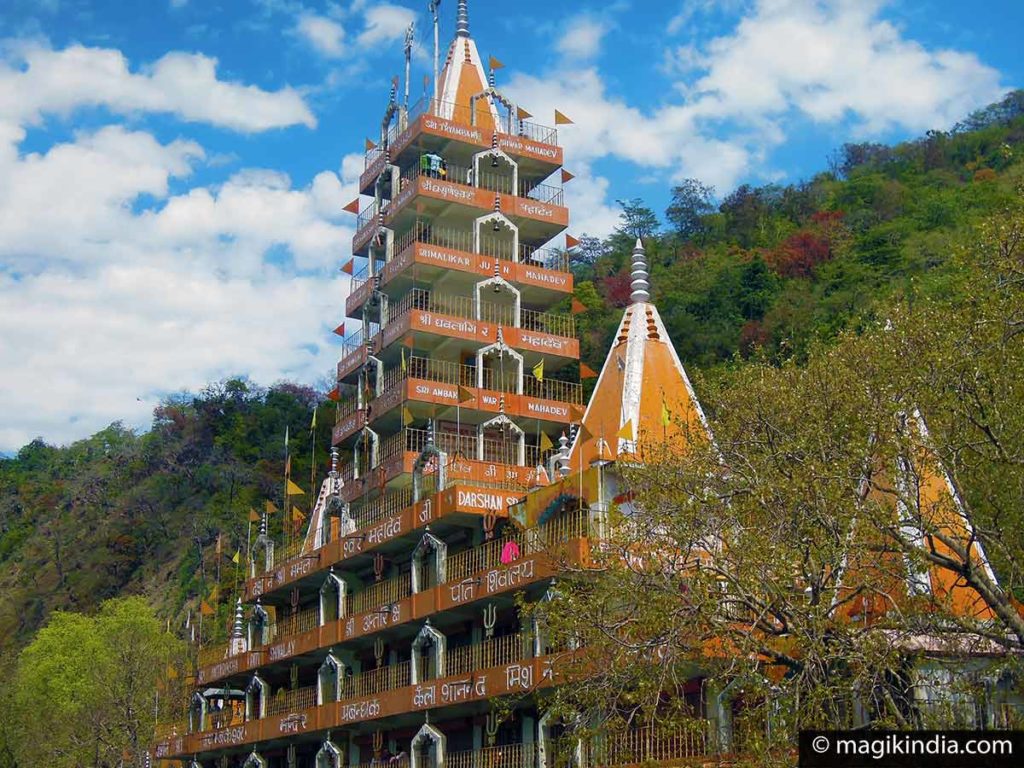
We now go to the upper Rishikesh. The walk in this part of Rishikesh leads us to the temple of Triyambakeshwar; it is at the end of the “Lakshman Jhula” suspension bridge, just next to the roundabout where a statue of Shiva sits cooled by small fountains.
Trayambakeshwar means “abode of the three-eyed”, meaning Shiva, the temple’s deity.
The pyramid-shaped, 13-storey temple contains a multitude of smaller temples to different Hindu deities.
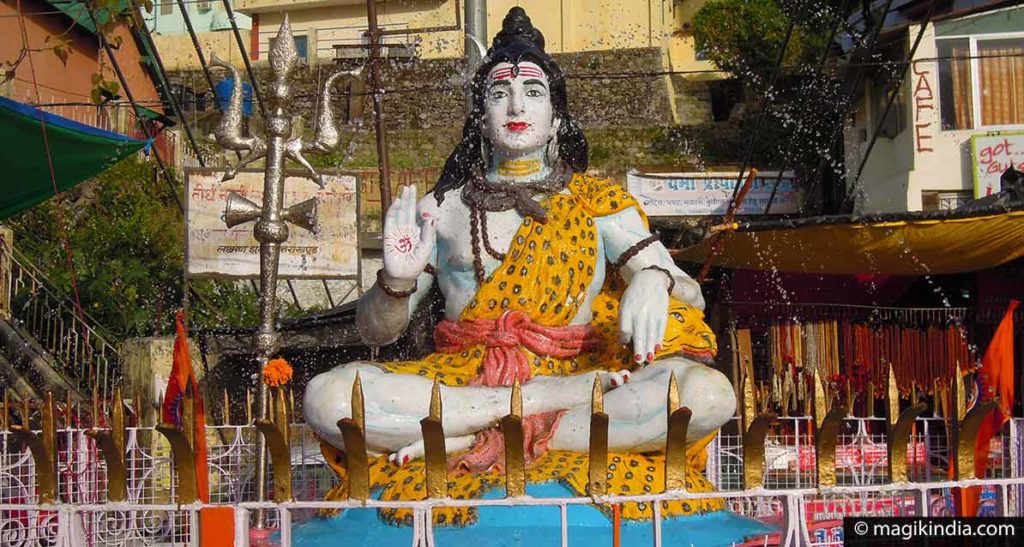
Lakshman Jhula and Ram Jhula
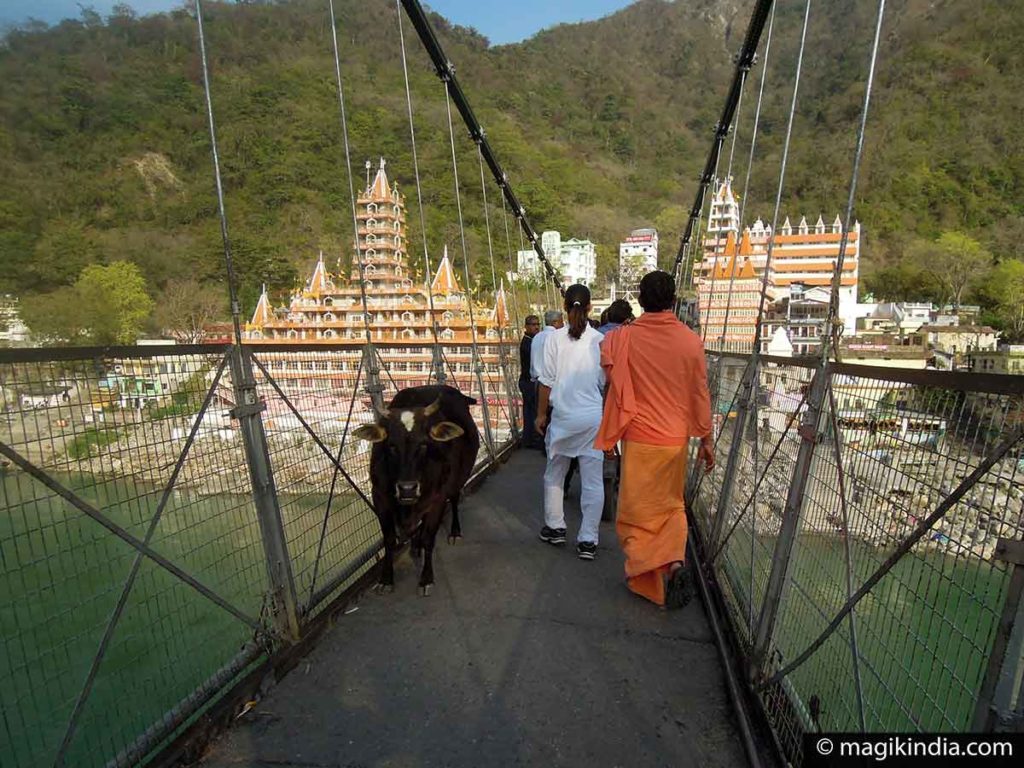
Lakshman Jhula and Ram Jhula are the two iconic suspension bridges of Rishikesh that connect the two banks of the Ganges. “Jhula” means “swing” in Hindi.
It is said that Rama’s younger brother Lakshman crossed the Ganges at the site of today’s suspension bridge.
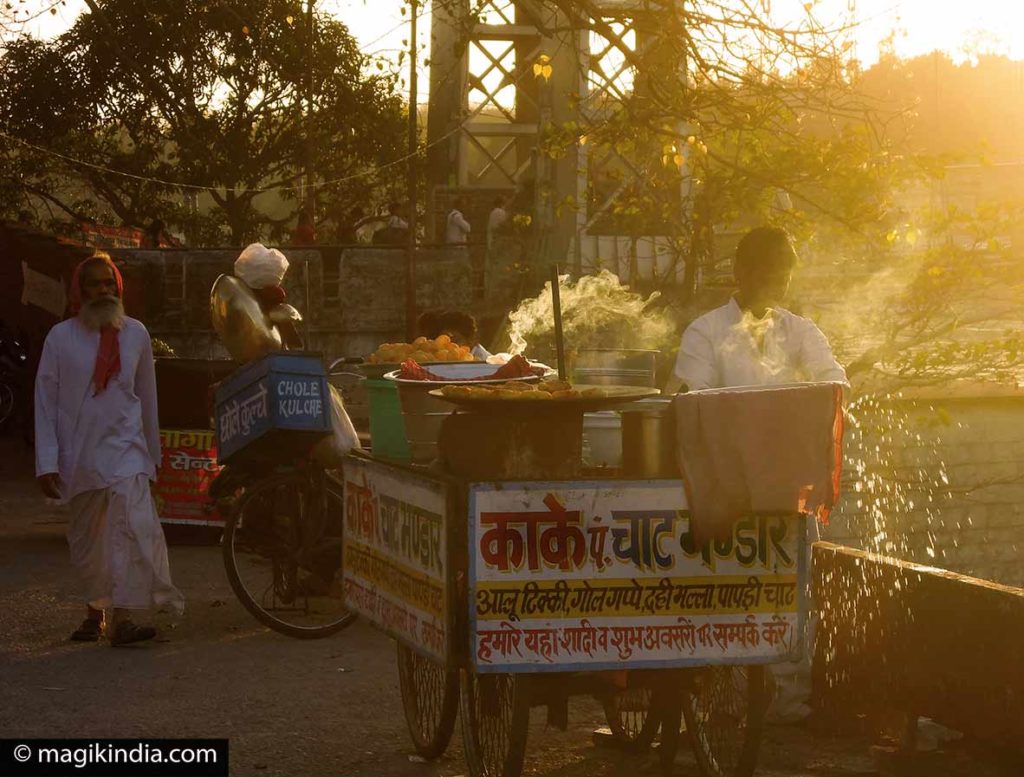
The other suspension bridge, the “Rama Jhula”, is located about 2 km downstream. It connects Sivananda Nagar to Swargashram where there are many ashrams including that of Parmarth Niketan (see below).
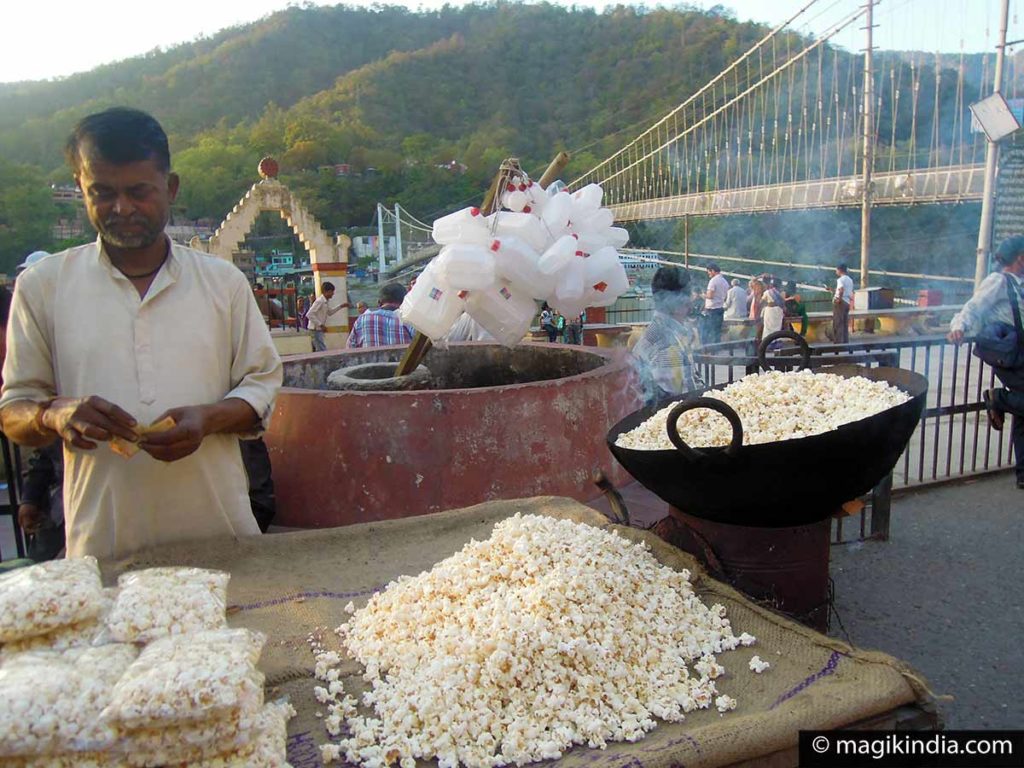
Ashram Parmarth Niketan
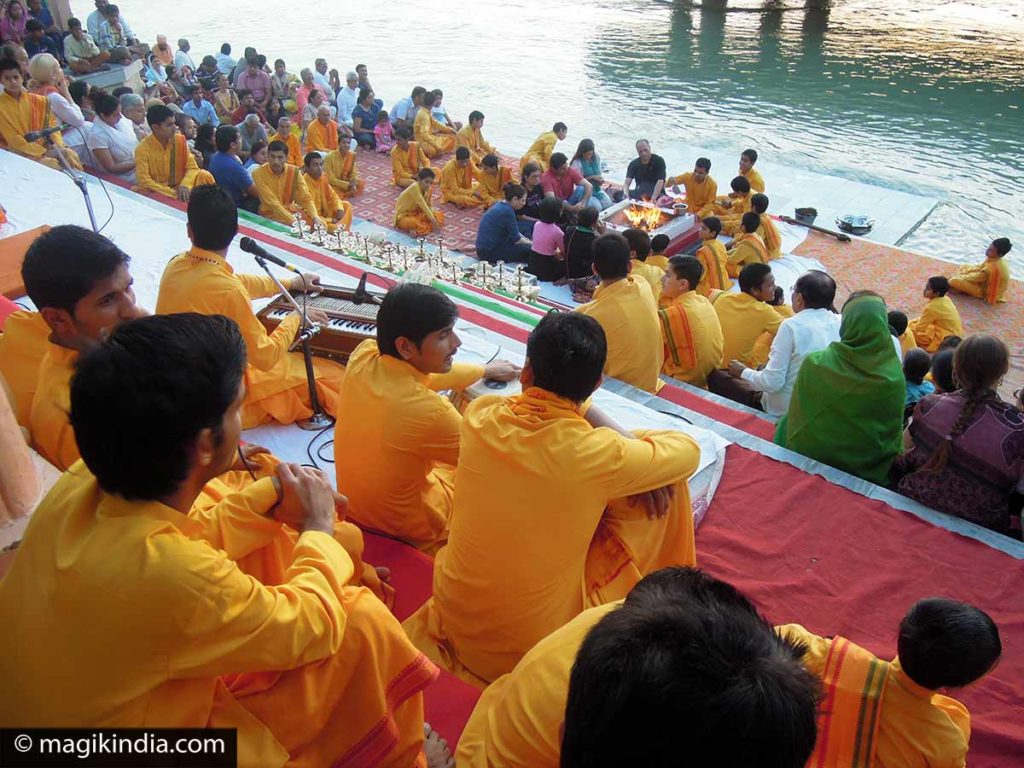
The Parmarth Niketan Ashram is located beside the Ganges a little way beyond the Ram Jhula bridge. It has 1000 guestrooms and daily activities such as yoga, universal prayers, meditation instruction, devotional kirtan singing and satsangs (spiritual talks).
Ashram Parmarth Niketan was founded in 1942 by Pujya Swami Shukdevanandji (1901-1965). Since 1986, Pujya Swami Chidanand Saraswatiji has been its chairman and spiritual head.
The ashram is known for its arti (flame offering) ceremony, which takes place each evening at sunset. Tourists flock to watch the ceremony.
Maharishi Mahesh Yogi ashram (The Beatles ashram)
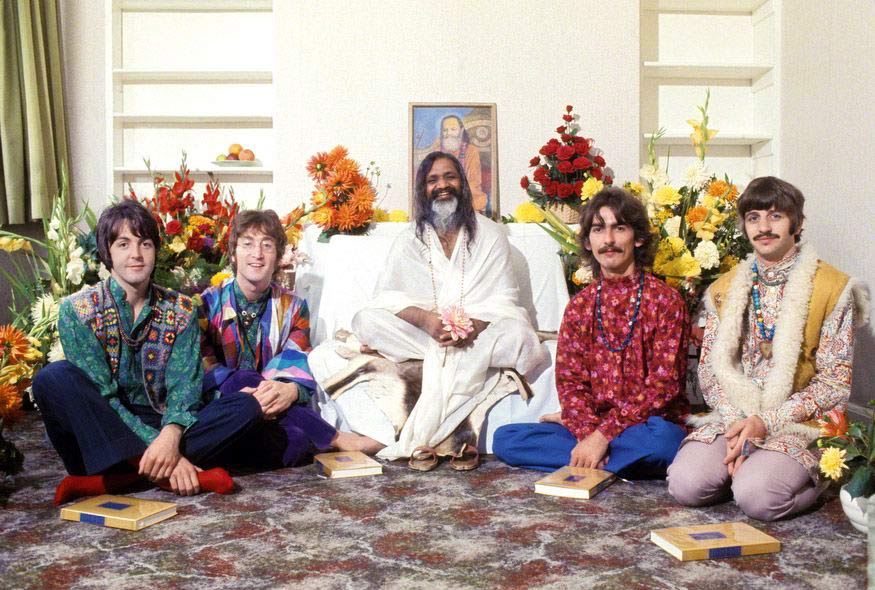
The Maharishi Mahesh Yogi ashram, now largely in ruins, stands beside the Ganges near the Triveni Ghat.
This is where the Beatles famously stayed in 1968 for their month of “transcendental meditation” with the yogi. Eighteen of the songs on the White Album were written during that month.
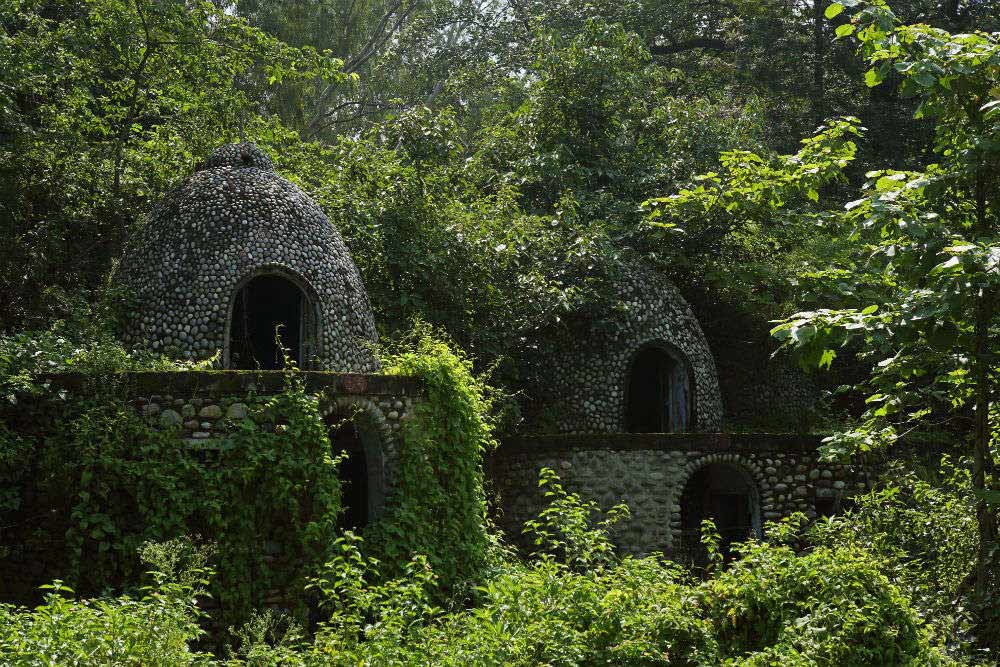
The ashram was abandoned 20 years ago. Since then it has been invaded by vegetation and the graffiti left by innumerable Beatles fans. Here and there you can still find traces of the buildings and the famous meditation huts. A curiosity to visit for its historical side!
Neer Garh falls (15km)
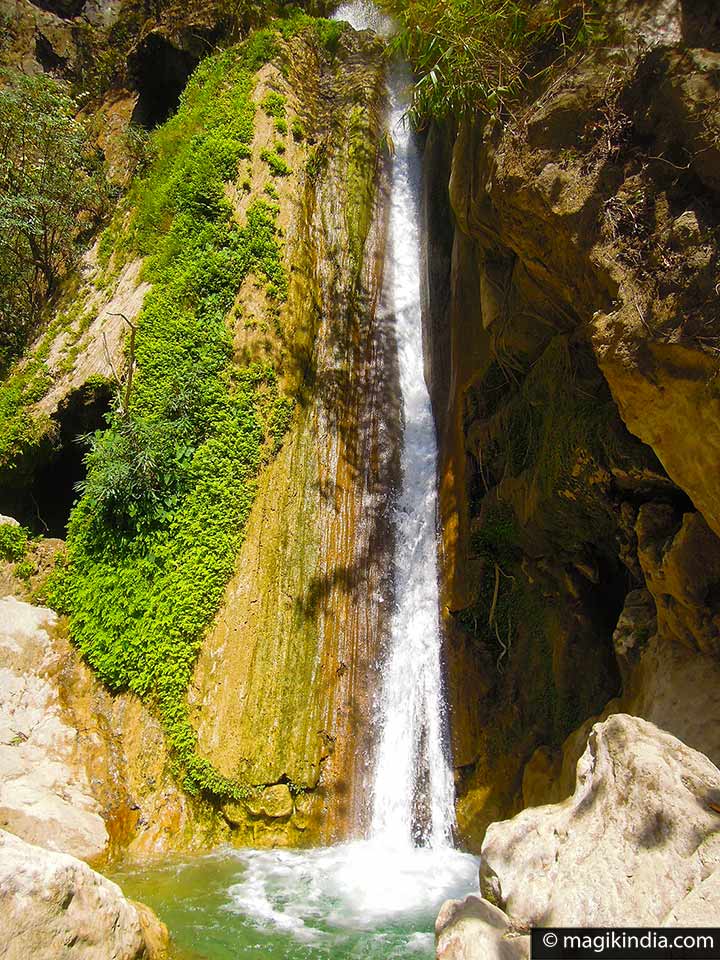
Off the road to Shivpur a few kilometres north of Rishikesh, a 30-minute climb from the road will take you to a group of limpid waterfalls. As you walk, the panorama that unfolds before you is just sublime; a fine example of the generosity of the landscapes of this region.
Kanjapuri Devi Temple (15km)
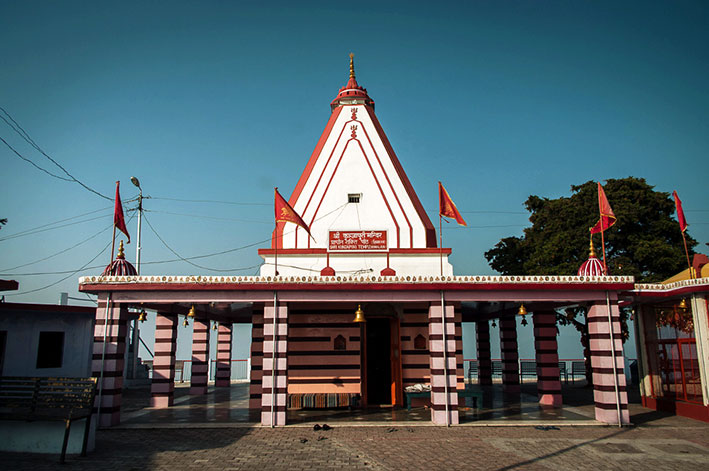
Further north, 15 km from Rishikesh, the Kunjapuri Devi temple is a visit not to be missed. Perched at an altitude of 1600 m, it is dedicated to the Hindu goddess Durga and has a breathtaking panoramic view of the Himalayan range.
It is also considered a very holy place as it is one of the 52 Shakti Peethas. According to mythology, Sati’s chest fell where the temple is currently located when Shiva carried her out of the sacrificial fire (read the full story).
The best moment to be there is just before sunrise. There are about 1000 steps to climb but what a magnificent natural spectacle! Please note that the temple is only open from 6 a.m. to 8 a.m.
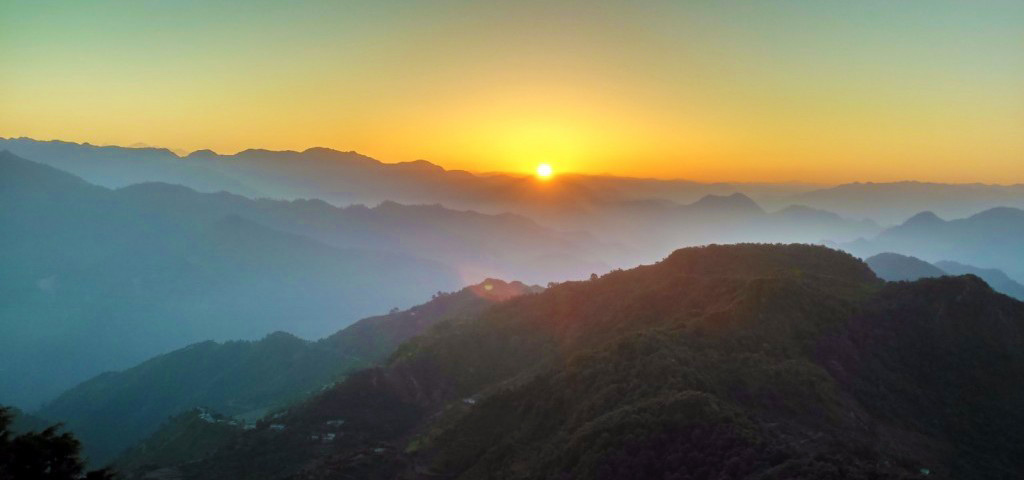
Vashishta’s cave (25km)
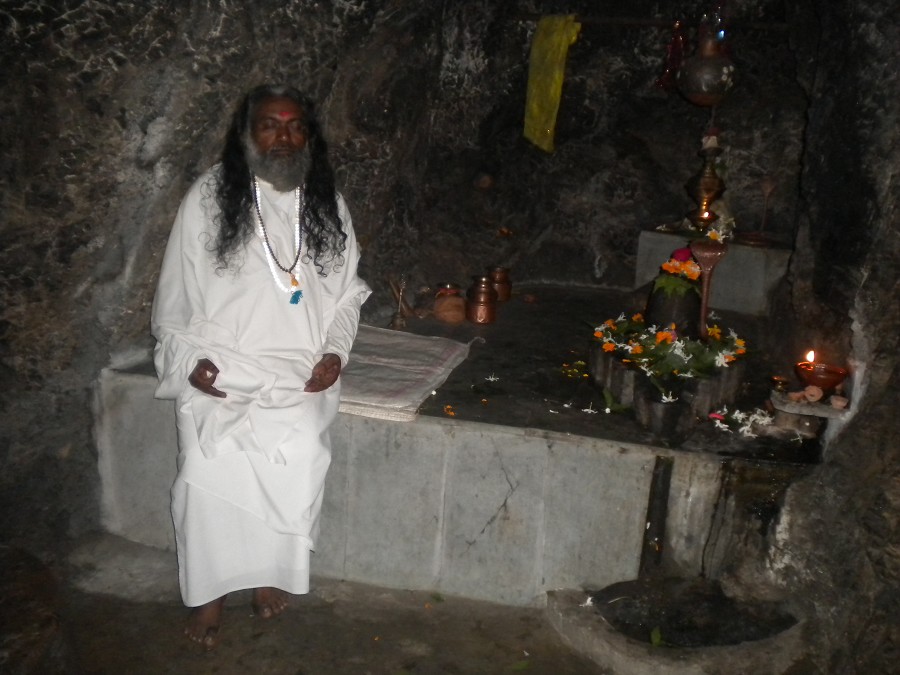
Vashishta’s cave (gufa), on the banks of the Ganges 25km from Rishikesh, is one of the most peaceful places for meditating.
Reached by climbing 200 steps, the cave is supposed to be where Vashishta, one of the seven great immortal sages (the Sapta Rishi), meditated with his wife Arundhati.
Swami Purushot Tamanandaji of the Ramakrishna Mission settled here in 1928. It is now the Purushot Tamanandaji Mission that looks after the place. The cave contains a small Shiva lingam next to which you can sit for a short meditation.

